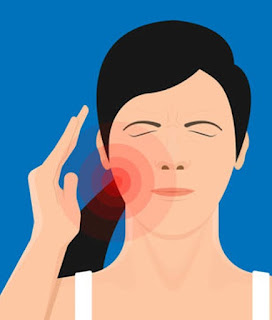Post-vaccinal Angina
Besides vaccine-induced myocarditis, there could be other cardiovascular complications, such as post-vaccinal Kounis syndrome (also referred to as allergic angina) or Vasospastic Angina (VSA). The latter form of angina pectoris is characterized by severe pain in the chest (caused by coronary artery spasm, which consists of a sudden occlusive vasoconstriction of a segment of an epicardial artery, resulting in a dramatic reduction of coronary blood flow). It can occur at rest, with transient electrocardiogram modifications and preserved exercise capacity. COVID-19 vaccination may increase coronary artery spasticity.
A 41-year-old male patient was referred for chest pain at rest following mRNA vaccination; he had never experienced chest pain prior to vaccination. He was diagnosed by an acetylcholine (Ach) provocation test that showed multivessel vasospasm. After the initiation of treatment with a calcium channel blocker and nitrate, no further exacerbation of chest pain was observed.A 59-year-old man presented to the emergency department with typical precordial pain starting 20 minutes after the ChAdOx1 severe acute respiratory syndrome coronavirus 2 (SARS-CoV2) vaccine (AstraZeneca, Cambridge, UK) administration. He was pale, sweaty, and had a discrete micropapular rash on his chest. He denied exanthema, pruritus, dyspnea, wheezing, diarrhea, or abdominal pain.
The patient had past medical history of rheumatoid arthritis, atrial fibrillation and he was a former smoker. He was not medicated with any immunosuppressive therapy. Four months before, he was admitted with non-ST myocardial infarction presented with acute heart failure. Echocardiogram showed severe left ventricular dysfunction and invasive coronary angiography confirmed 2 vessel CAD: an occlusion of the left anterior descending (LAD) coronary artery (at the time considered chronic) and a proximal stenosis of the RCA. The RCA stenosis was treated with one drug-eluting stent (DES). After the procedure, he was started on dual antiplatelet therapy and oral anticoagulation for one month, and afterwards with clopidogrel 75 mg and rivaroxaban 20 mg, with good compliance.
This constitutes the first reported case of type 3 Kounis syndrome after COVID-19 vaccine administration. Kounis Syndrome (KS) is an acute coronary syndrome (ACS) occurring in the setting of a hypersensitivity reaction. It occurs as a consequence of mast-cell degranulation and platelet cell activation.
REFERENCES
Awaya T, Moroi M, Nakamura F, Toi S, Wakiya M, Enomoto Y, Kunimasa T, Nakamura M. A Possibility of Vasospastic Angina after mRNA COVID-19 Vaccination. Vaccines (Basel). 2022 Nov 24;10(12):1998. doi: 10.3390/vaccines10121998. PMID: 36560408; PMCID: PMC9786293.
Fialho I, Mateus C, Martins-Dos-Santos G, Pita J, Cabanelas N, Baptista SB, Roque D. Recurrent Kounis syndrome - a life-threatening event after COVID-19 vaccine administration. J Cardiol Cases. 2022 Jun;25(6):400-403. doi: 10.1016/j.jccase.2022.01.014. Epub 2022 Feb 7. PMID: 35154518; PMCID: PMC8818380.




Comments
Post a Comment